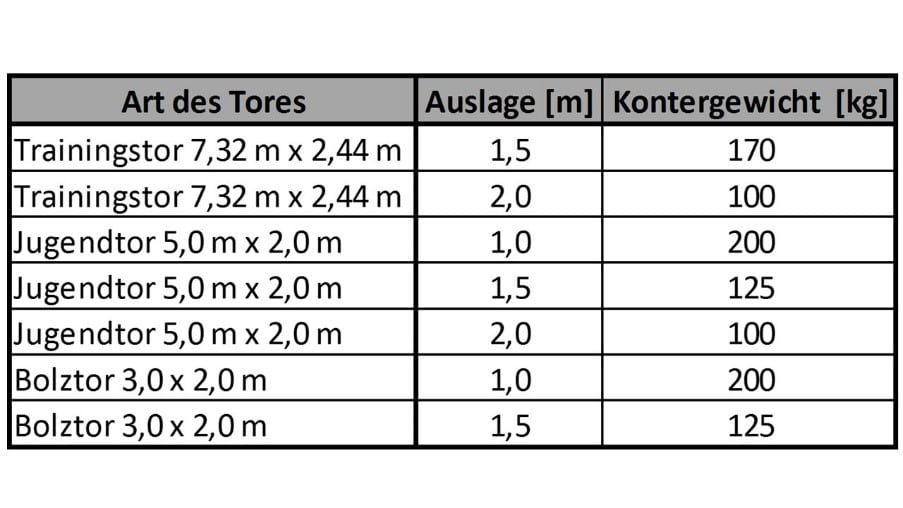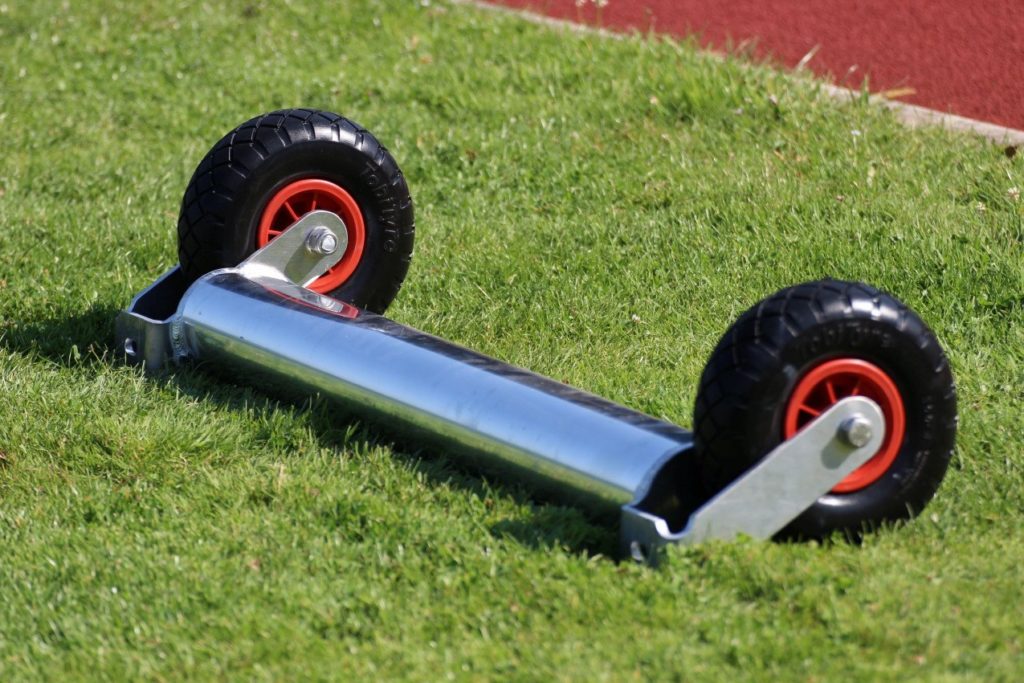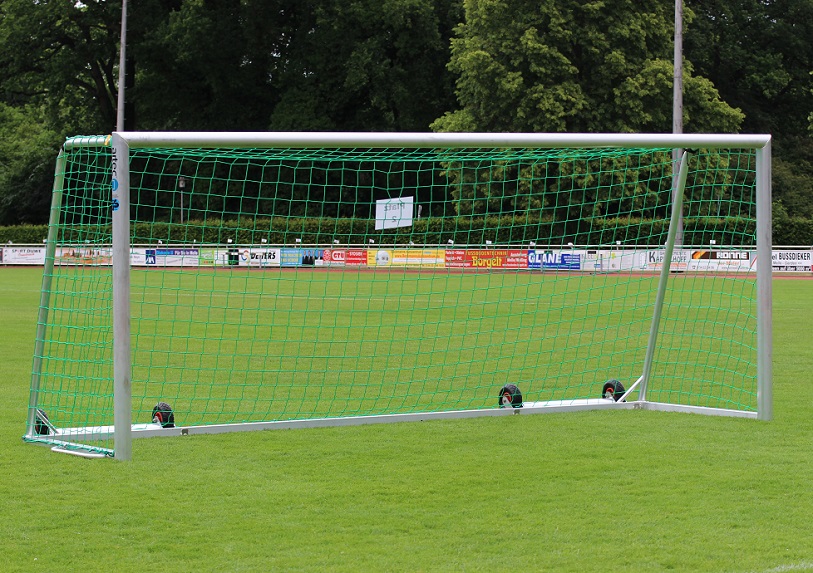Do you know the safety requirements for tilt-resistant soccer goals and the liability issues that potentially arise from this if there is an accident involving soccer goals? If not, you should seriously and intensively deal with this issue:
A recent case, in which a youth coach was sentenced to a suspended fine by the Detmold District Court for negligent bodily injury after an accident with a soccer goal a few weeks ago, shows that the safety and supervisory duties of club executives, coaches and other persons working in an honorary capacity should be taken seriously.
artec Sportgeräte would like to help you on the one hand to inform yourself optimally about this topic and on the other hand to use the right products with the greatest possible safety for tilt-resistant soccer goals.
Tilt resistant soccer goals
The requirements for the safety of soccer goals are derived from the regulations of the municipal accident associations and DIN/EN 748. These specify that mobile soccer goals must be equipped with ground anchors (e.g. ground sockets, ground anchors, etc.) or suitable counterweights must be used to achieve the necessary stability. However, especially in the case of counterweights, the question arises as to what weight is needed and what technical solution should be used to achieve truly tilt-resistant soccer goals.
In this connection, we draw your attention to the fact that different counterweights are required depending on the type of goal and the rear projection. To achieve the stability of 1,100 N specified in DIN/EN 748, a counterweight of 200 kg is required, for example, for a soccer goal with a 1.0 m outreach! In contrast, with an outreach of 2.0 m, a counterweight of 100 kg is already sufficient. We have compiled a complete overview of the necessary counterweights for various goals and projections below:

In addition to the aforementioned requirements, based on a resolution of the AK 2.4 “Sport, Leisure Equipment and Boats” of the ZLS (Zentralstelle der Länder für Sicherheitstechnik), “free-standing playing field goals must be designed in such a way that they can be considered safe in their own construction”. In this context, it is defined that the stability of the goals must be guaranteed without subsequent additional elements to be installed by the user.
artec anti-tilt device has long complied with the applicable regulations
In the above context, artec Sportgeräte would like to point out that due to the increasing requirements for the tilt resistance of soccer goals, weights for subsequent filling on site (e.g. by filling with sand) may in future no longer comply with the valid rules and the respective required weights should already be firmly connected to the goal “ex works” (e.g. by firmly screwed-on weights).

We would like to emphasize emphatically that artec Sportgeräte has already in the past not resorted to weights with subsequent filling on site with regard to free-standing field goals, but that our anti-tilt devices for soccer goals have long complied with the applicable regulations. Thus, we welcome the emerging developments in the field of tilt-resistant soccer goals, as they serve the protection of all parties involved and are in line with artec’s long-standing company philosophy for tilt-resistant soccer goals.
Of course, we are also available personally at 05422 / 9470-0 for further inquiries.
artec offers tilt-resistant soccer goals at special prices
For the aforementioned reasons, artec Sportgeräte, in cooperation with our partners FLVW (Fußball- und Leichtathletik-Verband Westfalen e.V.) and FVM (Fußball-Verband Mittelrhein e.V.), has decided to take up the topic of safety of soccer goals even more intensively.
We are at your disposal for your safety. For more interesting information about our products, services and other activities, please also have a look at the following blog posts:
